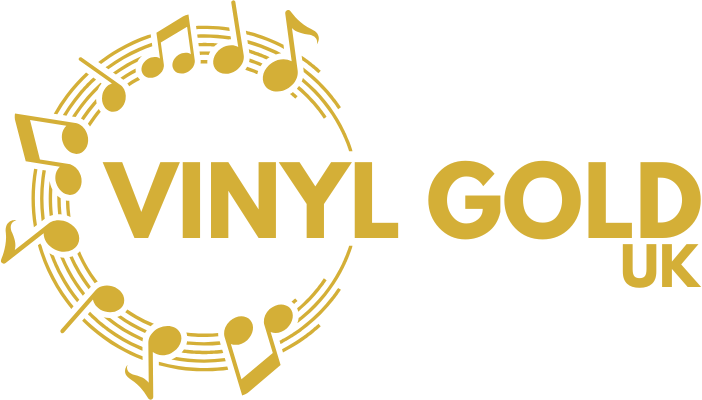The Best of Talking Heads
The Best of Talking Heads
1. Talking Heads: 77 (1977)
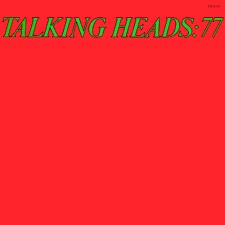
In their debut album "Talking Heads: 77" (1977), Talking Heads introduced their distinctive blend of punk, new wave, and art rock. Produced by Tony Bongiovi and Lance Quinn, this album captures the band's raw energy and quirky lyrics. Tracks like "Psycho Killer" and "Uh-Oh, Love Comes to Town" showcase David Byrne's idiosyncratic vocals and the band's minimalist yet infectious rhythms. The album received critical acclaim, establishing Talking Heads as pioneers of the emerging new wave scene. With its inventive sound and thought-provoking lyrics, "Talking Heads: 77" laid the foundation for the band's subsequent success. This debut set the stage for their experimental approach to music, blending genres and pushing boundaries. Fans of punk, new wave, and alternative rock will appreciate this seminal album's lasting influence on modern music
Click here to purchase Talking Heads: 77
2. More Songs About Buildings and Food (1978)

"More Songs About Buildings and Food" (1978), marked a pivotal moment for the band. Produced by Brian Eno, this album expanded their distinctive sound by blending punk, new wave, and funk influences. The track "Take Me to the River" gained significant attention and showcased their innovative approach to cover songs. David Byrne's thought-provoking lyrics and unique vocal delivery shine throughout the album. With tracks like "The Big Country" and "Found a Job," Talking Heads established themselves as leaders of the burgeoning new wave movement. "More Songs About Buildings and Food" received critical acclaim for its experimental sound and infectious energy, solidifying the band's place in music history. Fans of punk rock, new wave, and experimental music will appreciate this influential album's enduring impact on the music scene.
Click here to purchase More Songs About Buildings and Food
3. Fear of Music (1979)
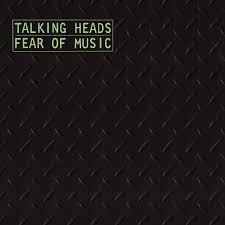
"Fear of Music" (1979), showcases the band's evolution into experimental rock pioneers. Produced by Brian Eno and David Byrne, this album delves into themes of paranoia, urban life, and existential angst. Tracks like "Life During Wartime" and "Cities" blend punk, funk, and electronic elements, creating a unique sonic landscape. David Byrne's distinct vocals and abstract lyrics contribute to the album's enigmatic atmosphere. "Fear of Music" received critical acclaim for its innovative sound and introspective themes, propelling Talking Heads to greater mainstream success. The album's influence can be heard in subsequent generations of alternative and post-punk music. Fans of experimental rock, new wave, and avant-garde sounds will appreciate "Fear of Music" for its bold experimentation and boundary-pushing approach. This album remains a cornerstone of Talking Heads' discography, resonating with listeners seeking unconventional and thought-provoking music.
Click here to purchase Fear of Music
4. Remain in Light (1980)
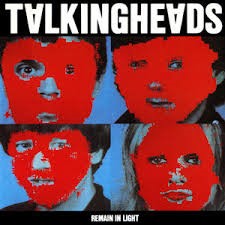
"Remain in Light" (1980) represents a groundbreaking fusion of funk, world music, and art rock. Produced by Brian Eno and David Byrne, this influential album explores complex rhythms and layered textures. Tracks like "Once in a Lifetime" and "Crosseyed and Painless" feature hypnotic grooves and thought-provoking lyrics, showcasing the band's experimental approach. With its use of African polyrhythms and electronic elements, "Remain in Light" pushed the boundaries of popular music. David Byrne's distinctive vocals and abstract storytelling create an immersive listening experience. The album received critical acclaim and has since become a landmark in alternative and post-punk music. Fans of innovative rock, world music, and avant-garde sounds will appreciate "Remain in Light" for its enduring influence and revolutionary sound. This album solidifies Talking Heads' legacy as one of the most innovative bands of their era.
Click here to purchase Remain in Light
5. Speaking in Tongues (1983)
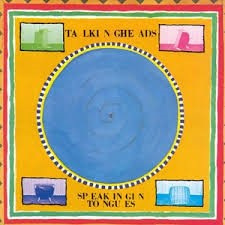
"Speaking in Tongues" (1983) marked a creative peak for the band, blending funk, pop, and world music influences. Produced by the band members themselves, this album features infectious rhythms and catchy melodies. Tracks like "Burning Down the House" and "This Must Be the Place (Naive Melody)" became instant classics, showcasing David Byrne's witty lyrics and distinctive vocals. "Speaking in Tongues" exhibits a more accessible and danceable sound than the band's earlier work, appealing to a broader audience. The album's use of electronic instrumentation and inventive song structures set it apart in the post-punk and new-wave landscape. Fans of alternative rock, funk, and experimental pop will appreciate "Speaking in Tongues" for its innovative yet accessible approach. This album remains a testament to Talking Heads' versatility and enduring influence in music history.
Click here to purchase Speaking in Tongues
6. Little Creatures (1985)
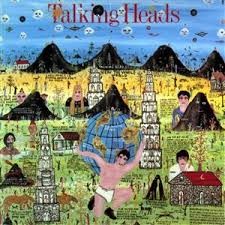
"Little Creatures" (1985) showcases a more straightforward and pop-oriented sound, departing from their earlier experimental style. Produced by the band along with Steve Lillywhite, this album features infectious melodies and whimsical lyrics. Tracks like "And She Was" and "Road to Nowhere" highlight David Byrne's playful songwriting and distinctive vocals. "Little Creatures" incorporates elements of folk, country, and world music, appealing to a wider audience. The album's accessible yet inventive approach earned critical acclaim and commercial success, solidifying Talking Heads' place in mainstream music. Fans of alternative rock, pop, and Americana will appreciate "Little Creatures" for its catchy tunes and relatable themes. This album represents a unique phase in the band's evolution, demonstrating their ability to reinvent themselves while maintaining their distinct artistic vision.
Click here to purchase Little Creatures
7. True Stories (1986)
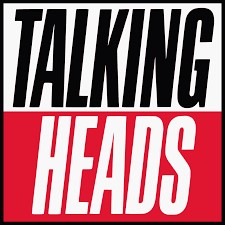
"True Stories" (1986) serves as a unique exploration of American culture through quirky storytelling and eclectic musical styles. Produced by David Byrne and featuring contributions from various band members, this album accompanies Byrne's film of the same name, offering a soundtrack to everyday American life. Tracks like "Wild Wild Life" and "Love for Sale" blend rock, pop, and country influences, reflecting a satirical yet affectionate portrayal of society. "True Stories" captures Talking Heads' playful experimentation and observational wit, resonating with fans of alternative rock, pop, and indie music. The album's fusion of diverse genres and Byrne's distinctive lyrical approach make it a standout in the band's discography. "True Stories" remains a testament to Talking Heads' innovative spirit and ability to challenge musical conventions while celebrating the idiosyncrasies of contemporary America.
Click here to purchase True Stories
8. Naked (1988)
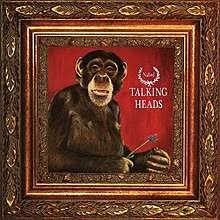
"Naked" (1988) represents a dynamic blend of world music, rock, and funk influences, showcasing the band's adventurous spirit. Produced by Steve Lillywhite, this album features collaborations with musicians from diverse cultural backgrounds, infusing tracks like "Blind" and "Mr. Jones" with global rhythms and textures. David Byrne's introspective lyrics and distinct vocals anchor the album, exploring themes of identity and society. "Naked" experiments with unconventional song structures and instrumentation, incorporating elements of Afrobeat, Latin percussion, and Eastern sounds. The album's bold sonic palette and innovative approach received critical acclaim, highlighting Talking Heads' continued evolution. Fans of alternative rock, world music, and experimental genres will appreciate "Naked" for its bold creativity and cross-cultural exploration. This album remains a testament to the band's boundary-pushing vision and enduring impact on contemporary music.
Click here to purchase Naked
Recent Posts
Queen studio albums: A Review
Phil Collins Albums Ranked & Reviewed – Complete Guide to Every Studio Album
The best of Massive Attack
Let’s Make Magic
Book Your Event DJ Now
